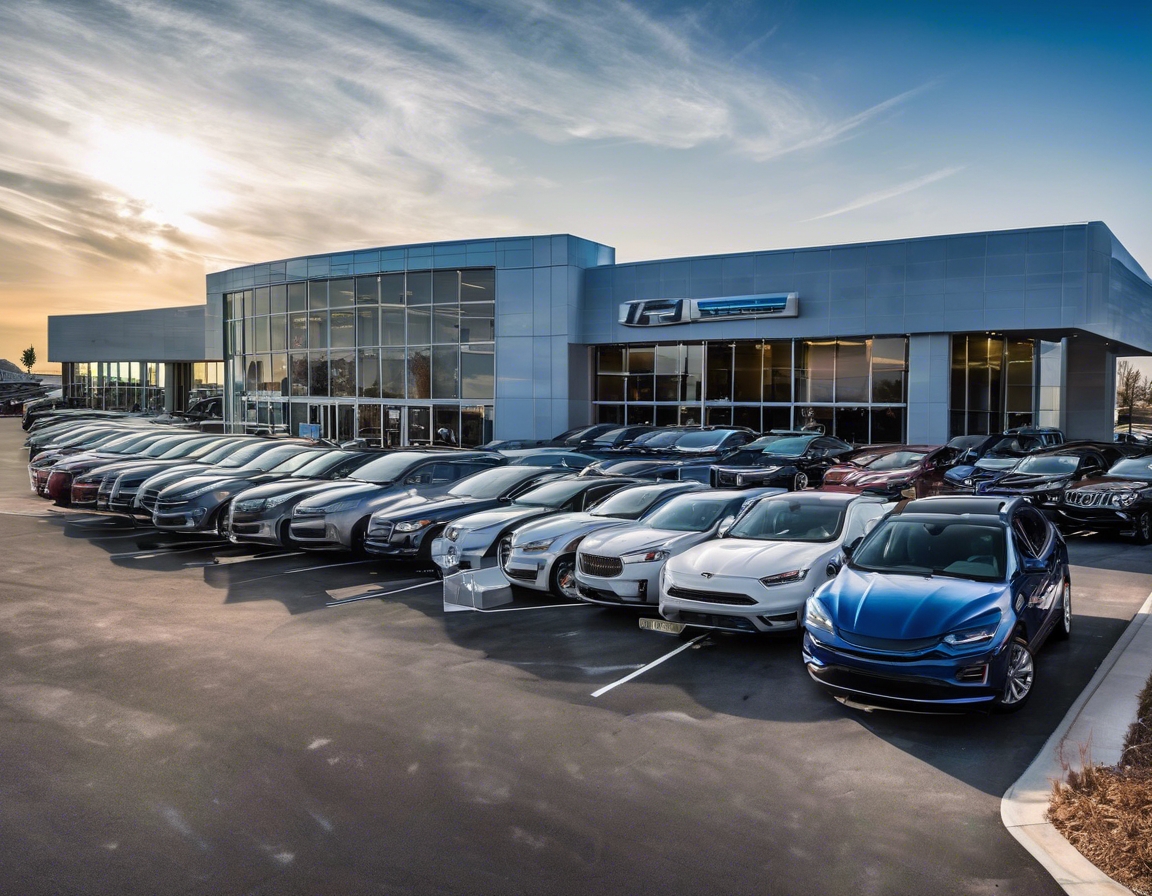Understanding car leasing options
Car leasing has become an increasingly popular option for individuals and businesses alike, offering a flexible and often more affordable alternative to purchasing a vehicle outright. Understanding the various leasing options available can help you make an informed decision that aligns with your financial goals and lifestyle needs.
Types of Car Leasing Options
A closed-end lease, also known as a 'walk-away' lease, is the most common type of car leasing option. At the end of the lease term, you have the option to return the vehicle without any further obligations, provided you have adhered to the terms of the lease, such as mileage limits and maintenance requirements.
An open-end lease is typically used for commercial purposes and offers more flexibility. At the end of the lease term, the lessee is responsible for the difference between the vehicle's residual value and its market value. This option can be beneficial for businesses that require a high degree of flexibility in their vehicle usage.
Benefits of Car Leasing
One of the primary advantages of leasing a car is the lower monthly payments compared to financing a purchase. This is because you are essentially paying for the vehicle's depreciation during the lease term, rather than the full purchase price.
Leasing allows you to drive a new car every few years, giving you access to the latest models and technology without the commitment of long-term ownership. This can be particularly appealing for those who enjoy having the latest features and advancements in automotive technology.
Many lease agreements include maintenance packages, which can help reduce the overall cost of vehicle upkeep. Additionally, since leased vehicles are typically under warranty, major repairs are often covered, providing further peace of mind.
Considerations Before Leasing
Leases often come with mileage limits, which can range from 10,000 to 15,000 miles per year. Exceeding these limits can result in additional charges, so it's important to assess your driving habits before committing to a lease.
Leasing agreements typically include clauses regarding acceptable wear and tear. Understanding these policies can help you avoid unexpected charges at the end of your lease term.
Early termination of a lease can result in significant fees. It's crucial to understand the terms of your lease agreement and plan accordingly to avoid these costs.
Car Leasing for Businesses
For businesses, leasing can be an efficient way to manage a fleet of vehicles. Fleet leasing offers the flexibility to scale your vehicle needs up or down as your business grows or changes.
Leasing can offer tax advantages for businesses, as lease payments may be deductible as a business expense. It's advisable to consult with a tax professional to understand the specific benefits for your business.
How to Choose the Right Leasing Option
Before entering into a lease agreement, it's important to assess your personal or business needs. Consider factors such as how much you drive, your budget, and how often you prefer to upgrade your vehicle.
Take the time to compare leasing offers from different dealerships and leasing companies. Pay attention to the terms, mileage limits, and any additional fees that may apply.
Thoroughly review the lease agreement before signing. Ensure you understand all terms and conditions, including mileage limits, maintenance responsibilities, and end-of-lease options.








Comments (0)